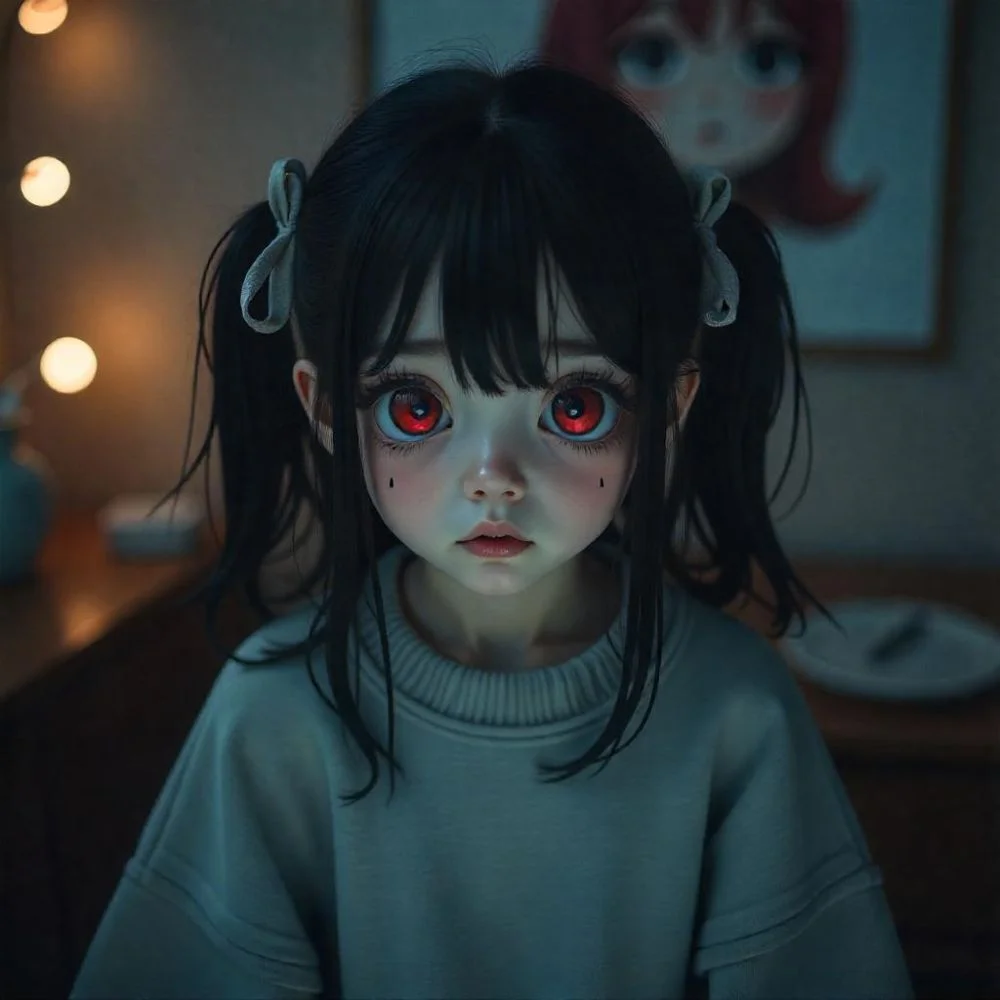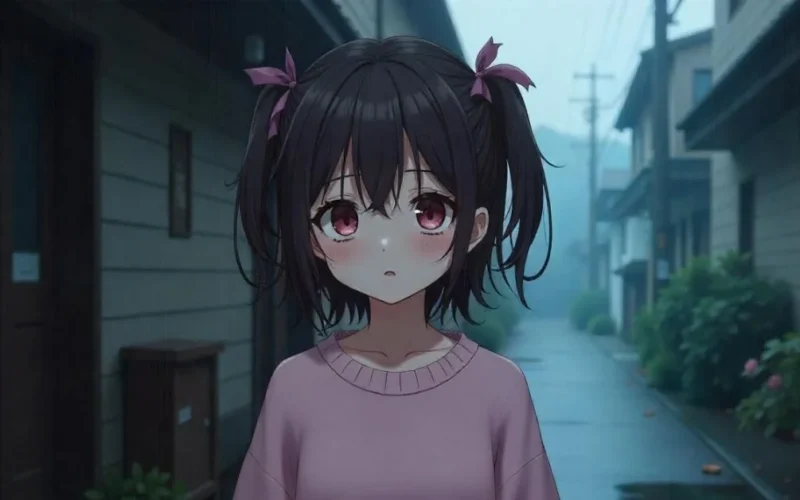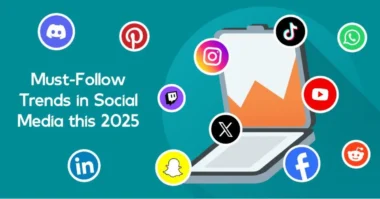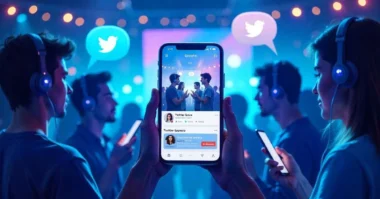Table of Contents
- Introduction
- What Is the Fukouna Girl Trend?
- How the Fukouna Girl Trend Started on TikTok?
- Fukouna Girl Makeup and Fashion Style
- Why the Fukouna Girl Trend Goes Viral on Instagram?
- High-Ranking Hashtags for the Fukouna Girl Trend
- The Psychology Behind the Fukouna Girl Trend
- How Brands and Influencers Use the Fukouna Girl Trend?
- How to Create Your Own Fukouna Girl Content?
- Criticism and Mixed Opinions About the Trend
- Global Impact of the Fukouna Girl Trend
- Conclusion
Introduction
The Fukouna Girl trend goes viral on TikTok and Instagram, pulling in millions of views and user reactions. Young creators all over the world are joining this trend, using it to express deep feelings, tell emotional stories, and add a stylish twist to their videos. The word “Fukouna” means “unlucky” or “misfortunate” in Japanese, and this trend blends that meaning with a dramatic style that captures attention fast.
What Is the Fukouna Girl Trend?
The Fukouna Girl trend on TikTok and Instagram features creators acting like “unlucky girls” with emotional backgrounds. They dress in a certain way, often with soft or broken expressions, moody lighting, and music that brings out sadness or loneliness. Most videos have a short caption like “she always smiled, but no one knew her pain” or “the world was too cruel for her kind heart.”
This trend:
- Tells short, sad stories through video
- Shows broken or misunderstood characters
- Mixes beauty, pain, and storytelling
- It speaks to people who feel misunderstood or hurt but don’t always show it.
How the Fukouna Girl Trend Started on TikTok?

The trend started in Japan, but it spread fast on TikTok through emotional posts. It grew popular when some big TikTok creators used the style in their short videos. They added music that matched the mood, soft piano, lo-fi beats, or sad anime tunes, and used filters to dim the colors. Once viewers felt the sadness and beauty, they shared and copied the trend.
Soon, creators outside Japan added their twists, making it more global. The hashtags like #FukounaGirl, #UnluckyGirl, and #TikTokTrend helped it spread even faster.
Fukouna Girl Makeup and Fashion Style
Makeup and fashion are big parts of the Fukouna Girl trend on TikTok and Instagram.
1. The style often includes
- Soft, pale foundation
- Red or puffy eyes to show crying
- Blush on the nose and cheeks
- Smudged eyeliner or tear-like makeup
- Messy hair or ribbons
The look feels broken yet beautiful, like someone trying to hide pain behind makeup. Many fans say it reminds them of anime girls or sad characters in dramas.
2. Fashion usually includes
- Oversized clothes or school uniforms
- Long skirts, sweaters, or soft blouses
- Pale colors like pink, grey, and white
- Ribbons, clips, or soft accessories
The goal is to look sweet but sad, like a girl who’s hurting inside but smiles anyway.
Why the Fukouna Girl Trend Goes Viral on Instagram?
On Instagram, the Fukouna Girl trend connects through photos and reels. Creators use emotional captions and dramatic filters to get reactions. Many Instagram users like the “aesthetic sadness” that this trend gives off. The visuals are pretty but heavy with feeling.
Reels that follow the trend:
- Use moody music and slow movements
- Show emotional changes through expressions
- Tell silent stories with filters and edits
- Instagram’s visual focus helps this trend grow because every post looks like a scene from a short film or a manga story.
High-Ranking Hashtags for the Fukouna Girl Trend
If you want to join or understand the viral wave, some high-ranking hashtags help boost the trend and keep it visible:
- #FukounaGirl
- #TikTokTrend
- #SadAesthetic
- #UnluckyGirl
- #EmotionalReels
- #BrokenButBeautiful
- #FukounaMakeup
- #AnimeGirlLook
- #MoodyStyle
- #FukounaFashion
These hashtags help people find similar content and grow the trend. Many of them are now trending in TikTok’s “For You” section and Instagram Explore.
The Psychology Behind the Fukouna Girl Trend
Why does the Fukouna Girl trend go viral on TikTok and Instagram? It speaks to hidden emotions. Many people use the internet to show what they can’t say in real life. This trend lets users express:
- Emotional pain or trauma
- The feeling of being ignored or judged
- A need for beauty even in sadness
It’s a safe way to say “I’m hurting” without actually speaking. The trend turns emotional pain into something creative and beautiful, which is why many people relate to it and share it.
How Brands and Influencers Use the Fukouna Girl Trend?
Some makeup brands and influencers now use this trend for product promotion. They show how to make the Fukouna Girl makeup look using blush, eyeliner, and lip tint. It has become a smart way to grab attention.
Brands that benefit:
- Makeup and beauty product sellers
- Fashion brands with soft or sad styles
- Music creators offering sad background tracks
Influencers also use this trend to connect with fans who feel lonely or emotional, gaining more likes and views by being “real.”
How to Create Your Own Fukouna Girl Content?
Want to try it? Here’s how to make a viral Fukouna Girl post:
1. Set the Mood
- Choose soft or sad music
- Use a moody filter or dim lighting
2. Dress the Part
- Wear pale, loose clothes
- Add small ribbons or hair clips
3. Makeup and Face
- Add light blush and soft eyeliner
- Show sad eyes or fake tears
4. Write a Caption
- Use a short, sad quote like “She smiled, but it hurt.”
5. Add Hashtags
- Include 3–5 of the best hashtags from the list above
- This helps others find your post and join the trend with you.
Criticism and Mixed Opinions About the Trend
Not everyone supports the Fukouna Girl trend. Some people say it romanticizes sadness or mental health struggles.
Critics feel the trend may:
- Make sadness look cute or cool
- Send wrong messages to young users
- Cause users to fake emotions for likes
On the other hand, many creators say it’s just self-expression. It’s a way to talk about feelings in a world that often ignores emotional pain. As long as it’s used with care, it can be a powerful voice for mental health.
Global Impact of the Fukouna Girl Trend
From Japan to the U.S. and Europe, the Fukouna Girl trend on TikTok and Instagram is crossing borders. People from many cultures join the trend in their own way. This shows how feelings like sadness or heartbreak are global, not limited to one place.
Different styles may appear:
- Korean Fukouna Girl’s content focuses on clean fashion and soft music
- Western creators often mix drama and dark vibes
- Asian creators add anime themes or cosplay
- The trend is more than a style; it’s a feeling shared worldwide.
Should We Worry or Celebrate the Trend?
The big question is, should we support or question the Fukouna Girl trend? Like many online trends, it can be both good and bad. It depends on how users create and view the content.
1. Positives:
- Gives space for emotional release
- Encourages creativity through makeup, captions, and video
- Builds online support among people with shared feelings
2. Negatives:
- May encourage fake sadness
- Could mislead young users
- Needs better mental health awareness
If used wisely, the trend can help people talk about real emotions and build understanding.
Conclusion
The Fukouna Girl trend goes viral on TikTok and Instagram for a reason: it connects beauty and pain in a way that many people understand. Whether through soft makeup, emotional captions, or storytelling visuals, the trend creates space for self-expression and connection. At the same time, we must handle it carefully. Sadness is not always a trend. It’s okay to use style to share feelings, but we should not forget the real people behind the posts. For now, the Fukouna Girl is more than just a viral idea. She’s a symbol of silent emotion, and her story is still spreading across the world one post at a time.








